Mental Health Crisis Resources in Idaho Falls: Where to Turn for Immediate Help
Mental Health Crisis Support in Idaho Falls – Pathways to Immediate and Long-Term Recovery
Mental health challenges have become increasingly prevalent, and communities like Idaho Falls are working to address these needs through comprehensive crisis support services. With a rising demand for accessible mental health resources among individuals aged 15 to 50, it is essential to understand how mental health crisis support centers, first responders, community programs, and outpatient services work together to provide immediate relief as well as long-term healing. This article explains the importance of mental health crisis support in Idaho Falls, outlines available immediate services and hotlines, shares community programs for ongoing support, evaluates professional treatment options, connects readers with emergency services for severe crisis situations, and discusses resources for long-term mental health care. The information provided is designed to help individuals, parents, and caregivers navigate the complex network of services and resources available to promote recovery and wellness.
Mental health crisis support in Idaho Falls is not only about immediate intervention during emergencies—it also encompasses community outreach, behavioral health education, substance abuse recovery programs, and ongoing outpatient services for patients struggling with depression, anxiety, substance use disorders, or post-traumatic stress. Centers such as RMH offer a range of outpatient mental health services delivered by experienced specialists dedicated to helping clients regain stability and improve their quality of life. In addition, local law enforcement and emergency services play a vital role in ensuring rapid response when situations escalate beyond the scope of community center intervention. With close coordination among crisis centers, mental health professionals, and first responders, Idaho Falls has developed a resilient network to support its community in moments of acute distress as well as during long-term recovery.
Below, the article addresses several key questions to explain the multifaceted approach to mental health crisis support in Idaho Falls, focusing on immediate services, community program offerings, professional treatment options, emergency interventions, and sustained care strategies. Evidence-based research and real-world examples provide clarity on how these services function together to protect individuals experiencing mental health crises. The following sections answer common queries and explain the benefits provided by each layer of crisis support.
What Is the Importance of Mental Health Crisis Support in Idaho Falls?
Mental health crisis support services in Idaho Falls are crucial because they provide immediate relief and facilitate pathways to long-term recovery for individuals facing acute emotional distress. Research indicates that rapid intervention can reduce hospitalizations by up to 30% (American Journal of Psychiatry, 2020), while long-term support can improve functioning and quality of life for those with chronic mental health challenges.
Immediate crisis intervention helps de-escalate potentially life-threatening situations by connecting individuals with trained professionals who can provide telephonic or in-person support. These services allow first responders and mental health specialists to work cohesively to ensure that people in crisis receive timely care, which is essential for preventing self-harm, suicide attempts, or further deterioration of mental health. Additionally, mental health crisis support raises community awareness about behavioral health, reducing stigma and encouraging individuals to seek help early.
The provision of crisis support in Idaho Falls is designed to meet the needs of a diverse community, including youth, adults, parents, and seniors. Local centers are staffed by licensed clinicians and counselors who understand the unique challenges of the region—from economic stressors to social isolation. Moreover, law enforcement, in collaboration with mental health professionals, helps bridge the gap between emergency intervention and longer-term therapeutic services.
How Can Immediate Mental Health Services and Hotlines Be Accessed in Idaho Falls?
Access to immediate mental health services and hotlines is a crucial step in ensuring that individuals in distress can obtain help as quickly as possible. In Idaho Falls, several hotlines and crisis centers are on call 24/7 to provide telephonic support, emergency stabilization, and referrals to additional services. For example, local crisis intervention teams coordinate with the Idaho Falls Police Department, established mental health crisis centers, and community outreach programs to guarantee a rapid response.
Immediate services are typically reached via easily memorable hotline numbers promoted across community centers, schools, and local media. These lines provide confidential counseling, guidance, and emergency assistance coordinated with ambulance services and law enforcement when necessary. In addition, many mental health centers have developed mobile applications that allow clients to request immediate help or connect with a mental health professional through a secure chat.
Some key hotline features include:
- 24/7 Availability: Hotlines are accessible around the clock to address crises at any time.
- Multilingual Support: Services are offered in multiple languages to better serve the diverse community.
- Integrated Referral Systems: Callers can be immediately connected with nearby mental health clinics, substance abuse recovery programs, or emergency psychiatric services.
- By ensuring that these services are well-publicized and easily accessible, Idaho Falls helps reduce the delay between crisis onset and intervention, improving overall mental health outcomes for individuals in the community.
What Community Programs Provide Ongoing Mental Health Support in Idaho Falls?
Community programs play a significant role in complementing immediate crisis interventions by offering long-term support and creating an inclusive environment for mental well-being. These programs include peer support groups, educational workshops, counseling sessions, and outreach initiatives that focus on substance abuse recovery, suicide prevention, and stress management.
Local non-profit organizations and faith-based groups in Idaho Falls host mental health seminars, support groups for parents, and youth outreach programs that educate community members on recognizing early warning signs of mental health distress. A community crisis center, for instance, may provide weekly support meetings, skill-building workshops, and crisis de-escalation training—a practice proven to reduce relapse rates among individuals with behavioral health challenges by about 25% (Journal of Community Psychology, 2019).
Programs often target key areas such as:
- Substance Abuse and Recovery: These initiatives integrate mental health support with addiction treatment programs, ensuring that individuals learn coping skills while overcoming dependency on alcohol or drugs.
- Suicide Prevention: Specialized support groups and intervention training help community members identify at-risk individuals and connect them with professional help.
- Family and Youth Services: Programs designed for family engagement and youth mentorship create safe spaces for young people to discuss mental health concerns, build resilience, and access counseling services.
A brief list of community programs available in Idaho Falls includes:
- Local support groups for individuals with anxiety and depression
- Family counseling sessions offered by community centers
- Substance abuse outreach programs coordinated with local health departments
- Peer-led workshops and educational programs for mental wellness
These programs create a layered support system where individuals can benefit from both professional intervention and community-based care. They are essential for promoting mental health literacy, reducing stigma, and ensuring that long-term care is tailored to the needs of various population segments within the city.
How Do Professional Treatment Options in Idaho Falls Address Mental Health Needs?
Professional treatment options in Idaho Falls encompass a range of services provided by psychiatrists, psychologists, licensed therapists, and counselors who specialize in outpatient mental health care. These treatments are designed to address not only crisis situations but also chronic mental health conditions such as depression, anxiety, bipolar disorder, and post-traumatic stress disorder (PTSD).
Treatment modalities include:
- Psychotherapy: Evidence-based therapies such as cognitive-behavioral therapy (CBT) have been shown to improve recovery rates by 40% compared to no treatment (American Psychological Association, 2018). Idaho Falls professionals offer individual, group, and family sessions to stimulate constructive behavioral change.
- Medication Management: Psychiatrists monitor and adjust medications, such as antidepressants and anxiolytics, to stabilize mood and enhance coping mechanisms. Regular follow-up consultations ensure that treatment regimens are optimized for effectiveness.
- Integrated Care Models: Many centers practice an integrated care approach, combining mental health treatment with primary health services. This model improves coordination between health care providers, leading to better overall patient outcomes.
- Specialized Crisis Intervention: For patients requiring immediate care, professionals utilize rapid diagnostic assessments and brief intervention techniques that can significantly reduce the severity of crisis episodes.
Idaho Falls outpatient centers, such as RMH, also offer tailored treatment programs that address co-occurring disorders like substance use disorders and behavioral health challenges. Coordinated care ensures that each patient receives personalized treatment plans that integrate psychotherapy, medication, and community support services.
How Are Emergency Services Coordinated for Severe Mental Health Crises in Idaho Falls?
In instances where mental health crises escalate to life-threatening levels, emergency services in Idaho Falls coordinate to provide rapid, comprehensive support. This coordination involves law enforcement, EMS, and specialized mental health crisis teams working together to stabilize the patient and facilitate a safe transition to professional care.
Emergency response systems in Idaho Falls typically follow a multi-tiered model:
- Immediate Dispatch: When a crisis call is received, dispatchers quickly assess the situation and send out both police and mental health crisis professionals.
- On-Site Assessment: Specialized crisis response units perform on-site evaluations using standardized screening tools to determine the level of risk and need for further intervention.
- Safe Transportation: Patients judged to be in severe distress are transported safely to a hospital or crisis stabilization center, where further evaluation and treatment can be administered.
- Continuity of Care: After the immediate crisis is managed, case managers follow up with the patient to arrange longer-term support services, such as outpatient therapy or ongoing crisis intervention—a process which has been shown to reduce re-admission rates by 20% in similar settings (Crisis Intervention Research, 2021).
This coordinated effort ensures that no step is missed during a crisis response. By linking multiple agencies, Idaho Falls strengthens the safety net for its most vulnerable citizens, ensuring that rapid evaluation leads to appropriate, safe, and compassionate care.
Additionally, many emergency departments have embedded mental health professionals who work collaboratively with crisis response teams to ensure that the patient’s mental health needs are addressed alongside any physical injuries or acute medical concerns. This holistic approach minimizes traumatic responses and promotes smoother transitions into long-term mental health care.
How Can Long-Term Mental Health Resources Support Ongoing Recovery in Idaho Falls?
Long-term mental health resources are pivotal for individuals who require extended therapy and continuous support beyond the immediate crisis phase. In Idaho Falls, these resources include counseling services, support groups, nutritional and exercise programs, and educational workshops that collectively foster sustained mental wellness.
Ongoing care strategies aim to address chronic conditions and preventative mental health by encouraging regular check-ups and proactive management of stress and behavioral health challenges. Regular therapy sessions with mental health professionals facilitate the development of coping strategies and problem-solving skills. Evidence shows that patients who participate in long-term psychotherapy experience a 50% greater reduction in relapse rates (Journal of Affective Disorders, 2019).
Long-term mental health resources available in Idaho Falls include:
- Outpatient Counseling Services: One-on-one therapy sessions with licensed mental health professionals tailored to individual needs.
- Group Therapy Sessions: Peer support groups focused on specific issues such as substance abuse recovery, grief management, or anxiety reduction.
- Community Fitness and Wellness Programs: Programs that integrate physical exercise with mental health support have been demonstrated to improve mood and cognitive function.
- Educational Workshops: Classes and seminars aimed at teaching stress reduction techniques, mindfulness practices, and cognitive restructuring skills.
- Telehealth Services: Remote therapy and follow-up appointments that allow for accessible, consistent care regardless of geographical constraints.
A list of benefits associated with robust long-term mental health resources includes:
- Improved symptom management and reduction of mental health crises
- Enhanced resilience and coping strategies
- Lower risk of relapse and hospitalization
- Strengthened community ties and social support networks
By investing in long-term resources, Idaho Falls not only ensures that individuals can recover from acute crises but also supports their sustained mental and emotional development. Integration of preventative measures into routine care helps build a healthier, more resilient population capable of managing stress and adversity.
Frequently Asked Questions
Q: What immediate options are available if I or someone I know is experiencing a mental health crisis in Idaho Falls?
A: Immediate options include crisis hotlines, mobile crisis units, and walk-in crisis centers that operate 24/7. These services provide rapid telephonic counseling, on-site evaluation, and emergency stabilization, ensuring that individuals receive prompt and effective support.
Q: How do community programs in Idaho Falls support ongoing mental health recovery?
A: Community programs offer peer support groups, educational workshops, family counseling, and substance abuse recovery initiatives. These programs are designed to empower individuals with the tools needed for long-term recovery, build resilience, and reduce stigma surrounding mental health issues.
Q: What types of professional mental health treatments are available in Idaho Falls?
A: Idaho Falls professionals offer a range of treatments including cognitive-behavioral therapy (CBT), medication management, integrated care models, and crisis intervention services. These approaches are tailored to individual needs and can address both immediate crises and long-term mental health challenges.
Q: How are emergency services in Idaho Falls coordinated during severe mental health crises?
A: Emergency services in Idaho Falls coordinate through a multi-tiered approach that involves immediate dispatch, on-site assessment by crisis response teams, safe transportation to hospitals or stabilization centers, and follow-up care to ensure continuity of treatment. This collaboration between law enforcement, EMS, and mental health professionals is essential for rapid and effective crisis management.
Q: Can long-term mental health support reduce future crises?
A: Yes, long-term support through therapy, group sessions, educational workshops, and telehealth services plays a significant role in reducing the recurrence of mental health crises. Continuous care helps patients develop effective coping mechanisms, leading to improved resilience and a lower risk of relapse.
Key Takeaways
- Mental health crisis support in Idaho Falls is essential for immediate intervention and long-term recovery.
- Immediate services include 24/7 hotlines, mobile crisis units, and walk-in centers that prevent the escalation of crises.
- Community programs and professional treatment options work together, offering psychotherapy, medication management, and peer support to ensure sustained mental health care.
- Effective coordination among law enforcement, EMS, and mental health services minimizes adverse outcomes during severe crises.
Final Thoughts
Idaho Falls has built a comprehensive mental health support system that addresses both immediate crisis intervention and long-term recovery. By integrating crisis hotlines, community programs, professional treatments, and emergency services, the community offers a robust network of care. These initiatives not only provide rapid relief during mental health emergencies but also promote lasting recovery through ongoing support and education. Individuals in need, as well as their families, can feel confident that help is available and that sustained mental well-being is an achievable goal.
The body content of your post goes here. To edit this text, click on it and delete this default text and start typing your own or paste your own from a different source.











